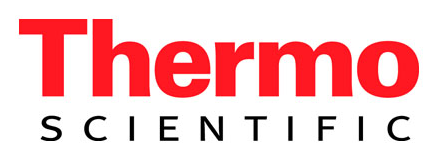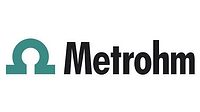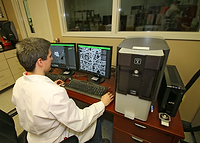Thermo Fisher Scientific has developed a new ion chromatography based-method in conjunction with the American Society for Testing and Materials (ASTM) to measure total nitrogen and phosphorous levels in water.
Researchers investigating nutrient runoff, and water quality and wastewater treatment operators can now benefit from a new ASTM standard that utilizes the powerful separation capabilities of ion chromatography for the simultaneous determination of total nitrogen and phosphorous concentrations.
“Thermo Fisher’s method provides a single, reliable instrumental method for the determination of the target analytes in water, in place of traditional multiple and complex wet chemical methods, with the opportunity for accumulative errors,” says Robert Joyce, chairman of the ASTM International Subcommittee D19.06. “We expect the method should deliver labor savings, as well as improved sensitivity and accuracy.”
Currently, laboratories use two methods to determine total kjeldahl nitrogen (TKN) and total phosphate. The new test method can be incorporated into existing ion chromatography protocols with the addition of a single sample digestion and analysis step to determine total nitrogen and total phosphate simultaneously. By comparing digested and undigested samples using this method, the tedious TKN digestion method can be eliminated—ultimately saving time, disposal costs of acidic reagents and reducing some of the known false positives from TKN that occur with the use of acidic reagents.
The new method involves a simple two-step process, sample digestion and analysis. During the digestion step, a water sample is digested with alkaline persulfate, which results in oxidation of nitrogen compounds to nitrate and hydrolysis of phosphorus to orthophosphate. Following this, the sample can be analyzed using an ion chromatography platform, such as the Thermo Scientific Dionex Integrion HPIC system coupled with the Thermo Scientific Chromeleon Chromatography Data System software, to produce accurate and reproducible determination of nutrients at high throughputs.
This new method is available directly via ASTM.



